Canadian Women's Heart Health e-Course and Toolkit
French
In 2017, the Canadian Women’s Heart Health Centre (CWHHC) published results from a national survey identifying the need to increase awareness and knowledge regarding the incidence, prevalence, significance, and management of heart disease in women among Canadian clinicians.
To address this need, 9 Educational Modules have been created, targeting trainees as well as healthcare professionals within cardiology, general internal medicine, and emergency medicine.
Users can access each module for individual learning, or faculty can download the tools (PowerPoints, speaking notes, and resources list) to present at their institutions.
"If you would have told me 10 years ago, that someday my family's story would be used to educate future nurses and doctors I would not have believed you. But thanks to the Canadian Women's Heart Health Alliance, we are forcing change!!! Knowledge is power ♥"
- Nicole Nickerson, Hear Nicole's Story
How to Access the Course and Toolkit:
- Register here
- Select one of the 9 modules listed on the course homepage and click “+ Enroll” and then either “Start” or “Watch Webinar”.
- Once the webinar is completed click “Next”.
- Click “Go to Evaluation” to complete the required evaluation.
- Click “Complete Course” to return to the module description page
- To obtain your certificate, you can download “Certificate” and/or “Transcript.”
- Once the module is complete, you will receive a confirmation email with the certificate attached.
If you have any questions, please contact us or visit the Frequently Asked Questions page for more information.
9 Educational Modules
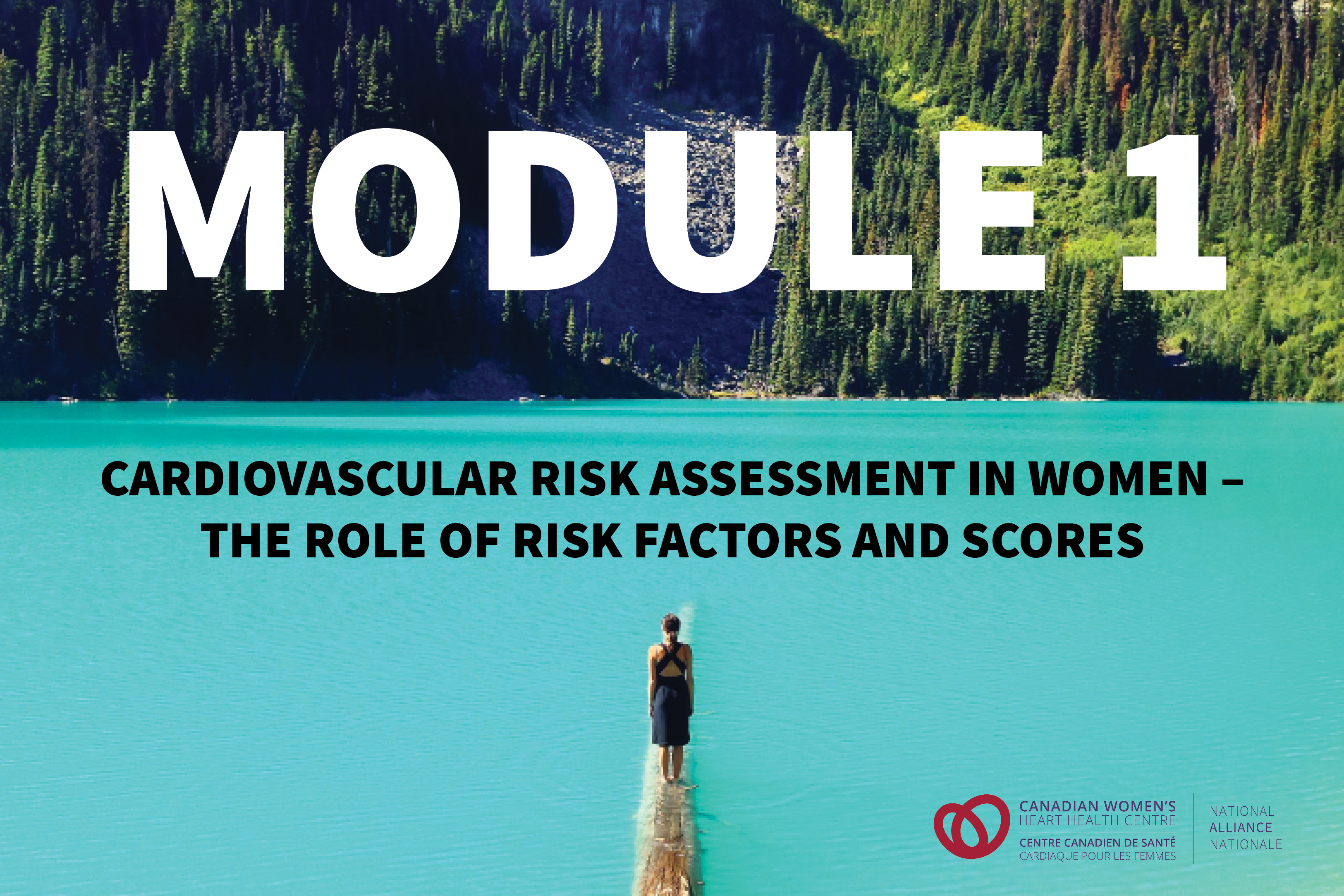
Module 1
Cardiovascular Risk Assessment in Women – The Role of Risk Factors and Scores
This presentation highlights the unique aspects of women’s cardiovascular risk, define and review the traditional and non-traditional risk factors affecting women and identify risk scores and their potential limitations in women.
Presenters:
- Monique Oaks | Ottawa, ON
Hear Monique's Story - Carolyn Baer, MD, FRCPC | Moncton, NB
- Helena Van Ryn, PT | Ottawa, ON
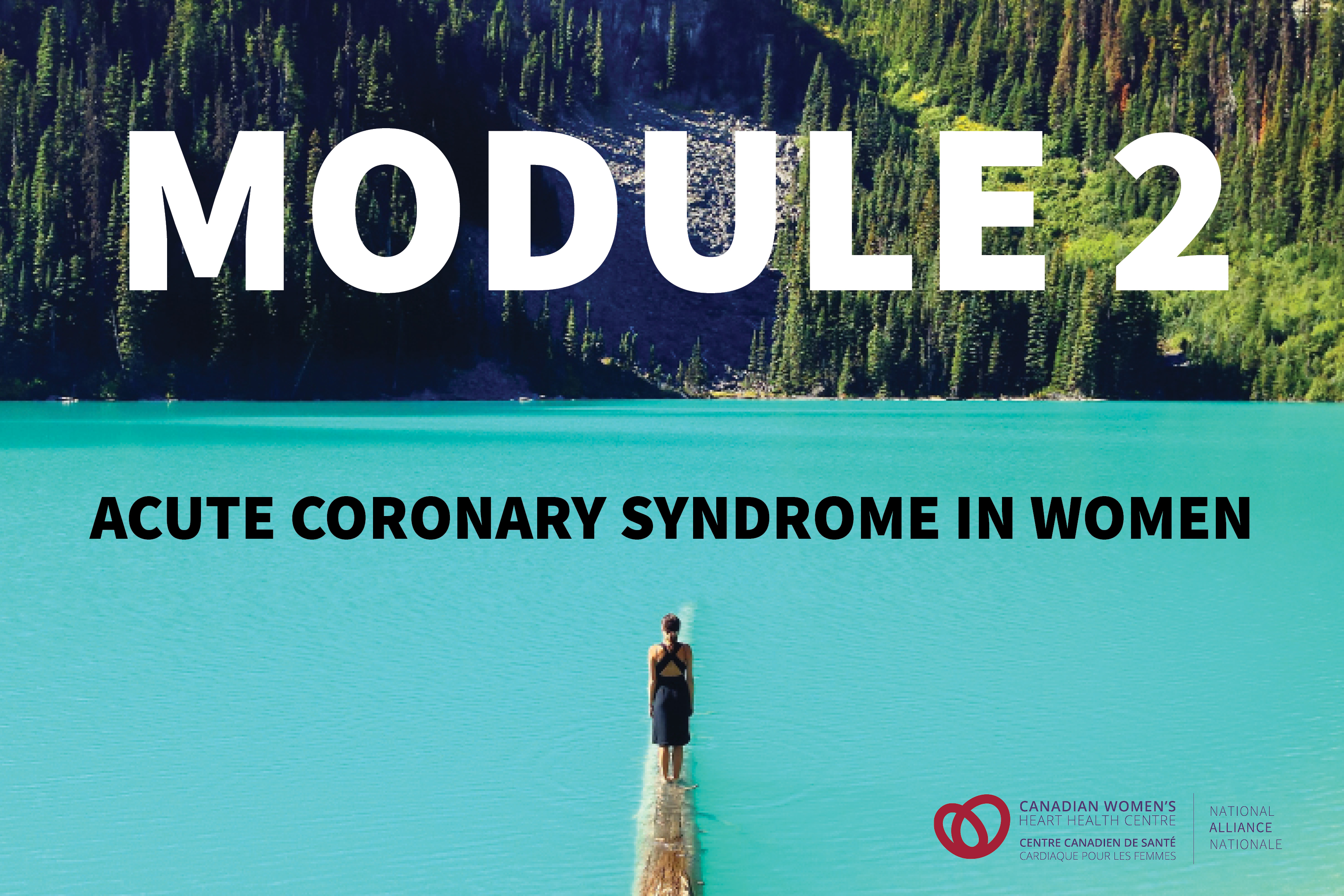
Module 2
Acute Coronary Syndromes (ACS) in Women
This presentation describes the presentation characteristics when women present with ACS, outline the assessment and management strategies for ACS, identify the additional challenges presented by younger women with ACS and appraise the literature related to ACS in women.
Presenters:
- Kelly Tucker | Fitzroy Harbour, ON
Hear Kelly's Story - Michele Turek, MDCM, FRCPC | Ottawa, ON
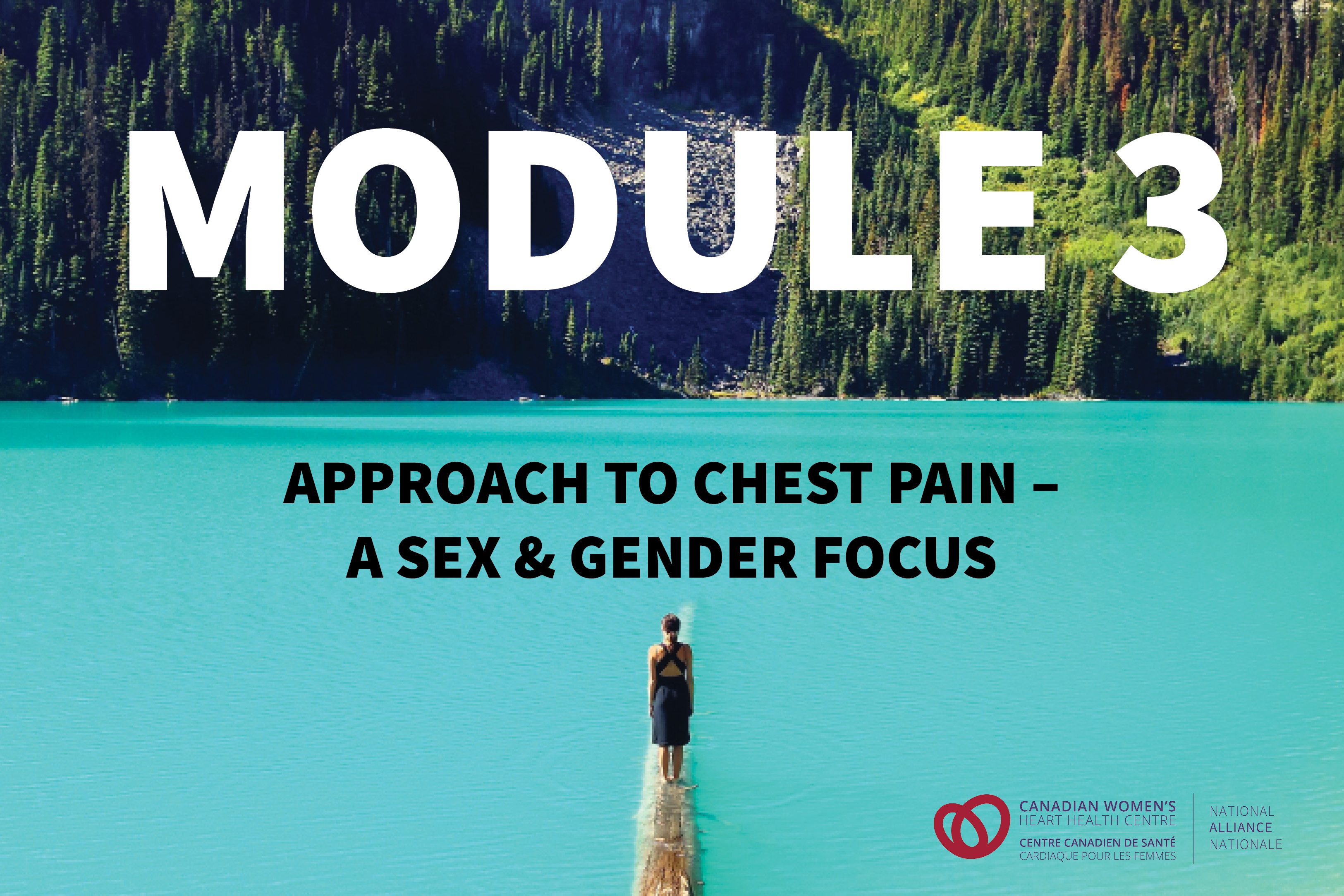
Module 3
Approaches to Chest Pain - A Sex & Gender Focus
This presentation discusses an appropriate diagnostic workup for women with symptoms, and identify how we classify chest pain into typical, atypical, or nonanginal pain. We then explore how the pretest probability affects the interpretation of the test results and lastly, describes how to formulate an assessment and management plan based on the clinical picture and testing.
Presenters:
- Nicole Nickerson | Middle Lahave, NS
Hear Nicole's Story - Beth L. Abramson, MD, MSc, FRCP, FACC | Toronto, ON
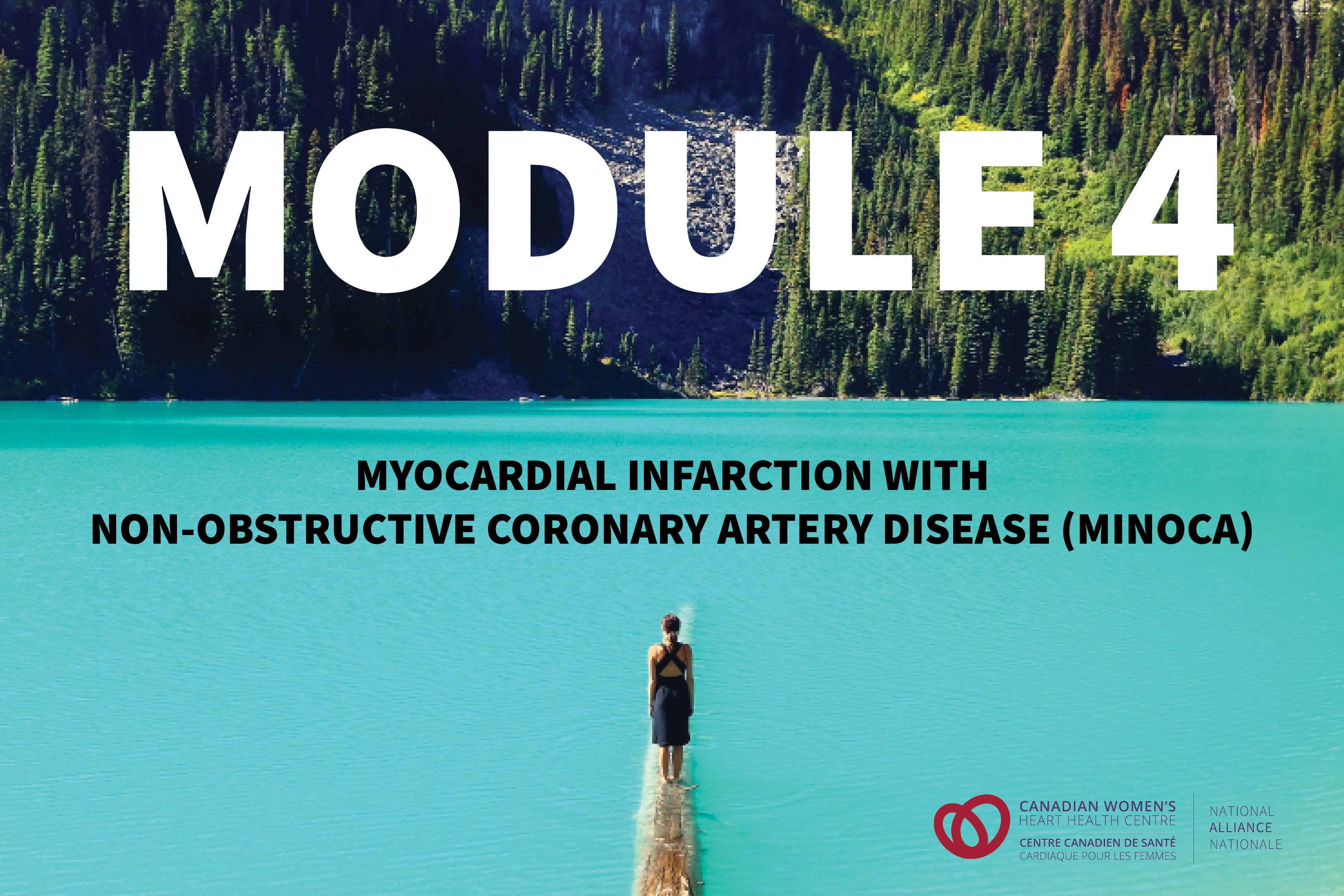
Module 4
MI with Non-Obstructive Coronary Arteries (MINOCA)
This presentation describes who is at risk of ischemia/myocardial infarction with non-obstructive coronary artery disease (INOCA/MINOCA), list the criteria for the diagnosis and pathophysiologic sub-types of INOCA/MINOCA.
Presenters:
- Bobbi Jo Green | Edmonton, AB
Hear Bobbi Jo's Story - Anita Pozgay, MD, FRCPC | Ottawa, ON
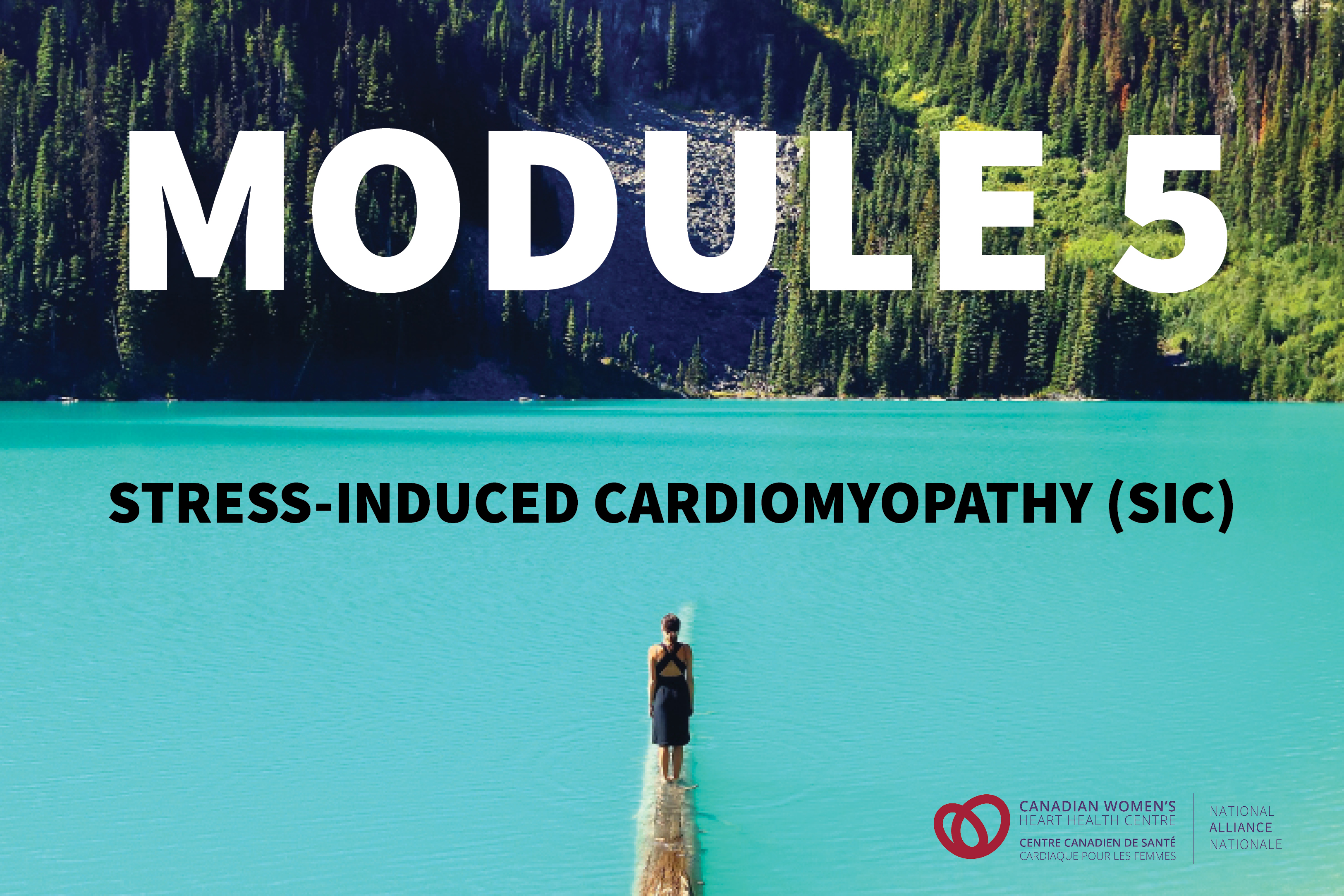
Module 5
Stress-Induced Cardiomyopathy (SIC)
This presentation addresses the clinical presentation and associated triggers for SIC, reviews the differences between SIC and acute coronary syndrome and lastly, explores the outcomes and treatments for SIC.
Presenters:
- Bev Jarvis | Winnipeg, MB
Hear Bev's Story - Judy Luu, MD/PhD, FRCPC | Montreal, QC
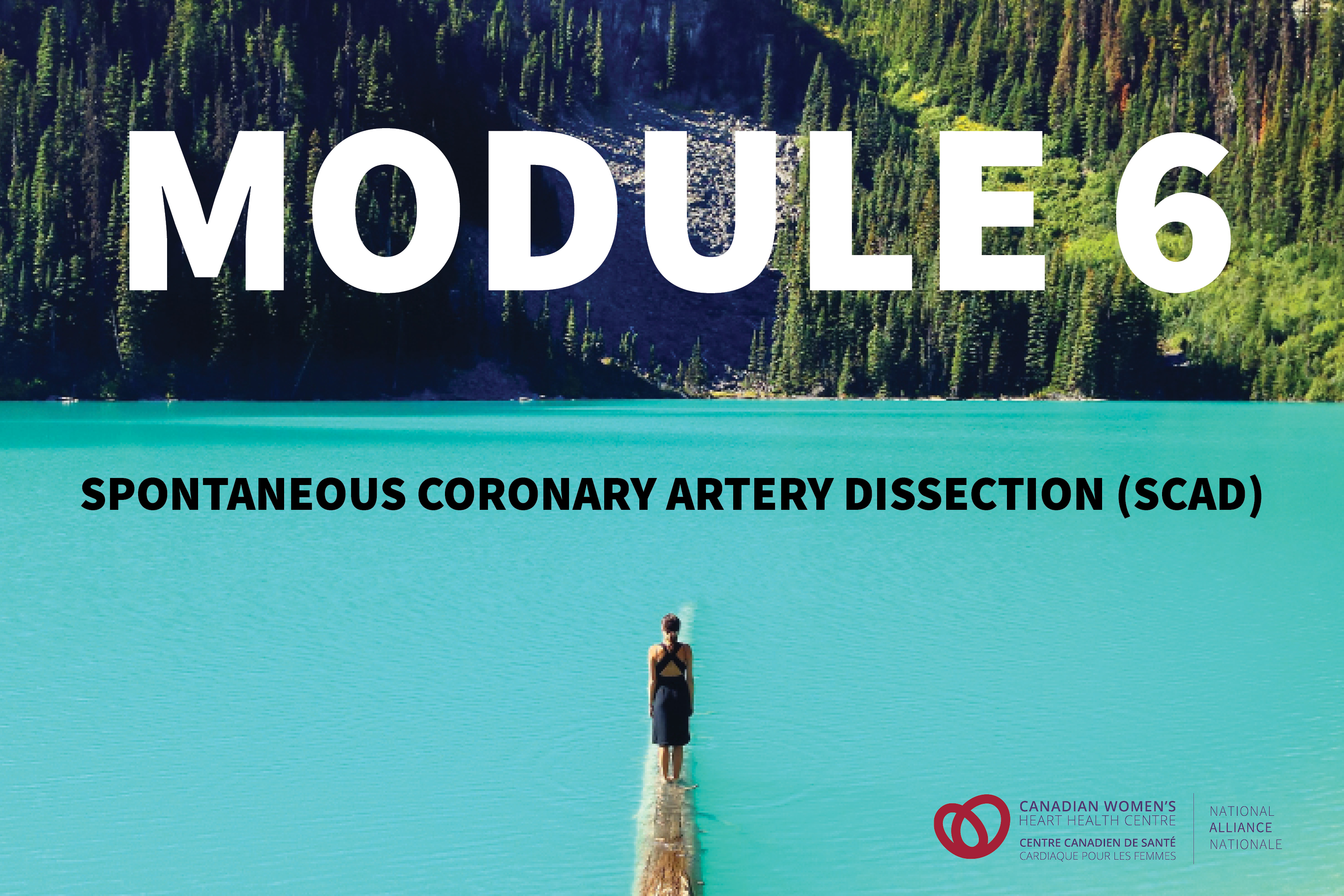
Module 6
Spontaneous Coronary Artery Dissection (SCAD)
This presentation defines the underlying pathophysiology of SCAD and how to recognize the clinical symptoms and signs. We review the differences between SCAD and other causes of chest pain and lastly, distinguish the difference in diagnosis and management between SCAD and acute coronary syndrome (ACS).
Presenters:
- Sudi Barre | Edmonton, AB
Hear Sudi's Story - Najah Adreak, MD | Vancouver, BC
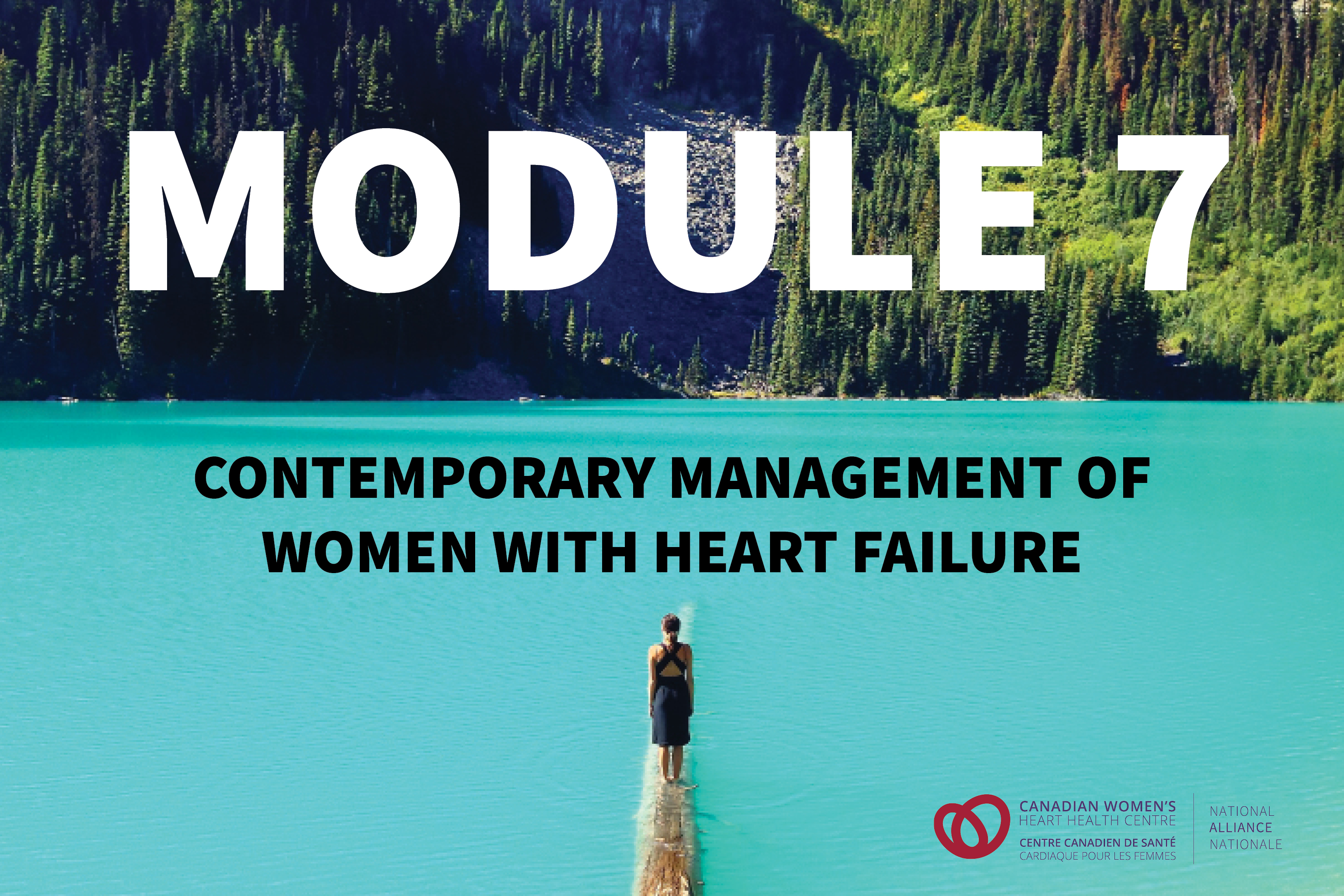
Module 7
Contemporary Management of Women with Heart Failure
This presentation highlights the differences between men and women with respect to heart failure, defines and reviews the causes of heart failure, focuses on the medical therapies used to treat heart failure with preserved ejection fraction (HFpEF) and finally, discusses the lifestyle modifications which are relevant to all heart failure patients.
Presenters:
- Marie Del Rosario | Winnipeg, MB
Hear Marie's Story - Stephanie Poon, MD, MSc, FRCPC | Toronto, ON
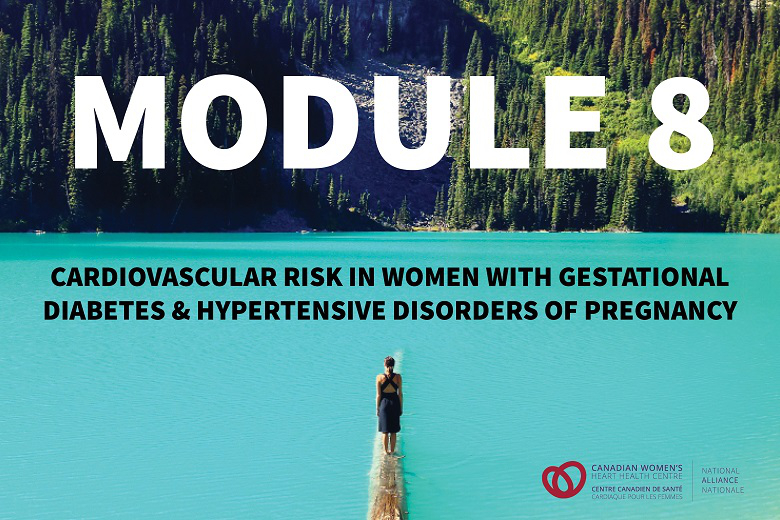
Module 8
Cardiovascular Risk in Women With Gestational Diabetes & Hypertensive Disorders of Pregnancy
This presentation highlights the concepts of cardiovascular risk in women, reviews the underlying mechanisms and increased future risk of pregnancy related risk factors such as preeclampsia and gestational diabetes and finally, reviews the gaps and optimal management strategies for these women.
Presenters:
- Christine McNair | Ottawa, ON
Hear Christine's Story - Kajenny Srivaratharajah, MD, MSc, FRCPC | Hamilton, ON
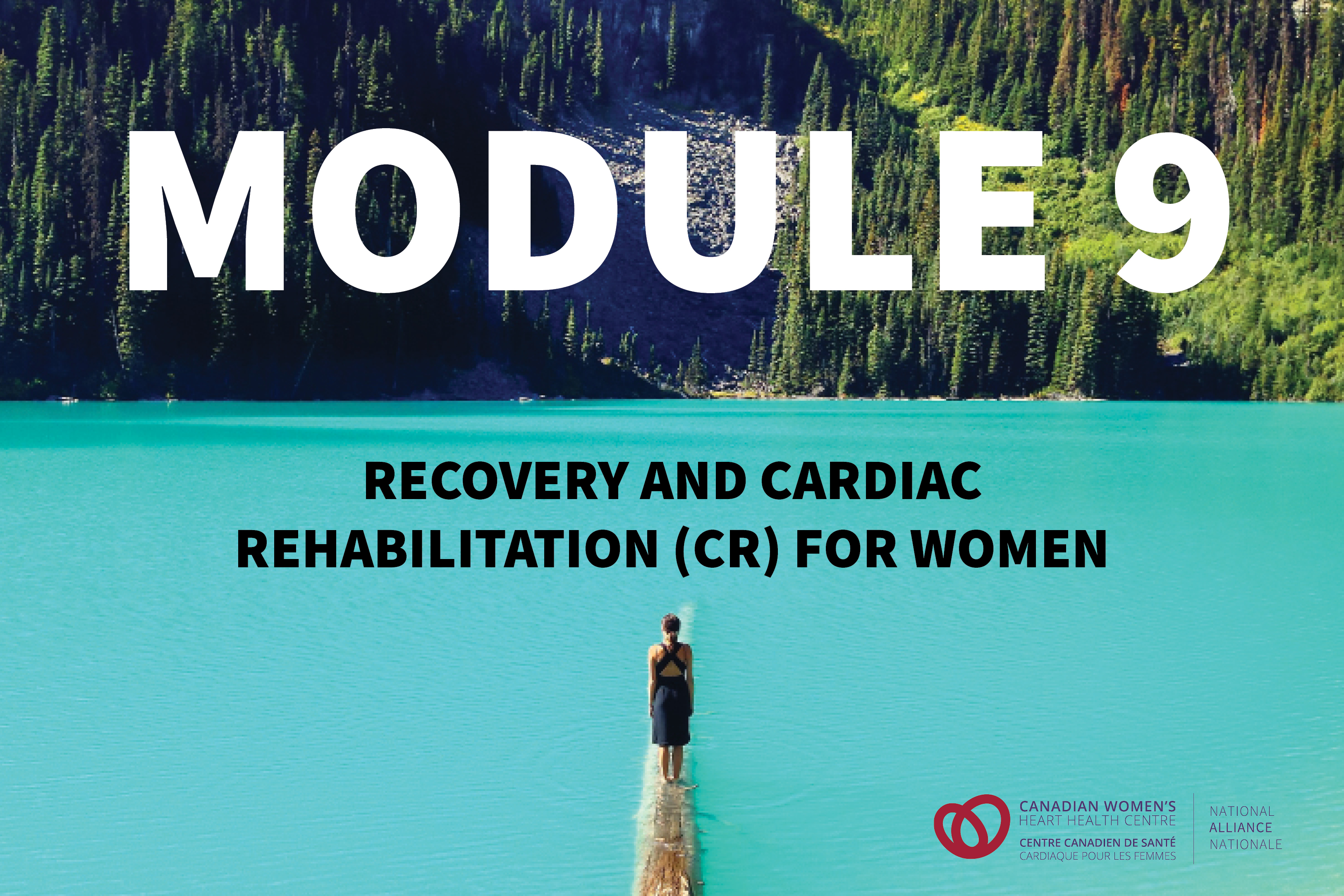
Module 9
Recovery and Cardiac Rehabilitation (CR) for Women
This presentation explains the benefits of CR for women living with cardiovascular disease, identifies barriers that deter women from participating in CR, describes factors that may increase women's participation in CR and lastly, summarize the main components of a CR program.
Presenters:
- Charlotte Girard | Otterburn Park, QC
Hear Charlotte's Story - April Pike, PhD, RN | St. John’s, NFLD
- Martha Mackay, PhD, RN | Vancouver, BC
- Kajenny Srivaratharajah, MD, MSc, FRCPC | Hamilton, ON
- Helena Van Ryn, PT | Ottawa, ON
These modules have two potential applications:
- Those interested in learning more about women’s cardiovascular health can view the free, pre-recorded webinar sessions;
- Faculty can download the tools (PowerPoint, speaker scripts and resources list) to present content at your institutions (i.e. Grand Rounds). You are also welcome to contact us for invited talks.
Accreditation and Certificate of Completion
Learners must register to access the powerpoint and speaker scripts recorded webinars and complete the required evaluation form to obtain a certificate of completion.
This event is an accredited Group Learning Activity (Section 1) as defined by the Maintenance of Certification Program of the Royal College of Physicians & Surgeons of Canada and approved by the Canadian Cardiovascular Society. You may claim a maximum of 7 hours.
Additional Information
- Publication: Incorporating a Women’s Cardiovascular Health Curriculum Into Medical Education article published in CJC Open.
- Article: Nine lessons about women’s heart disease that future doctors will learn in med school, Carolyn Thomas, Sept 10, 2023.


